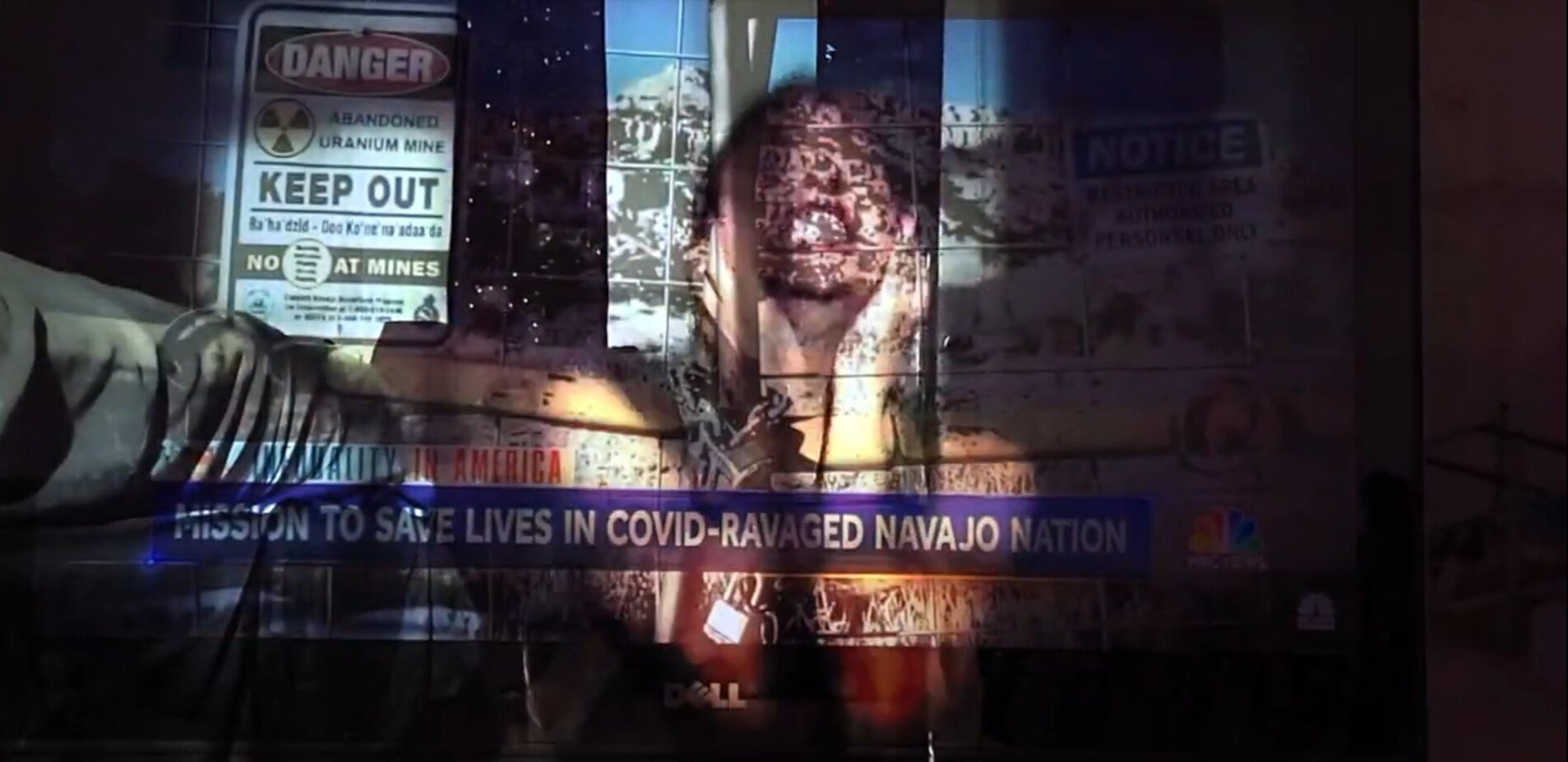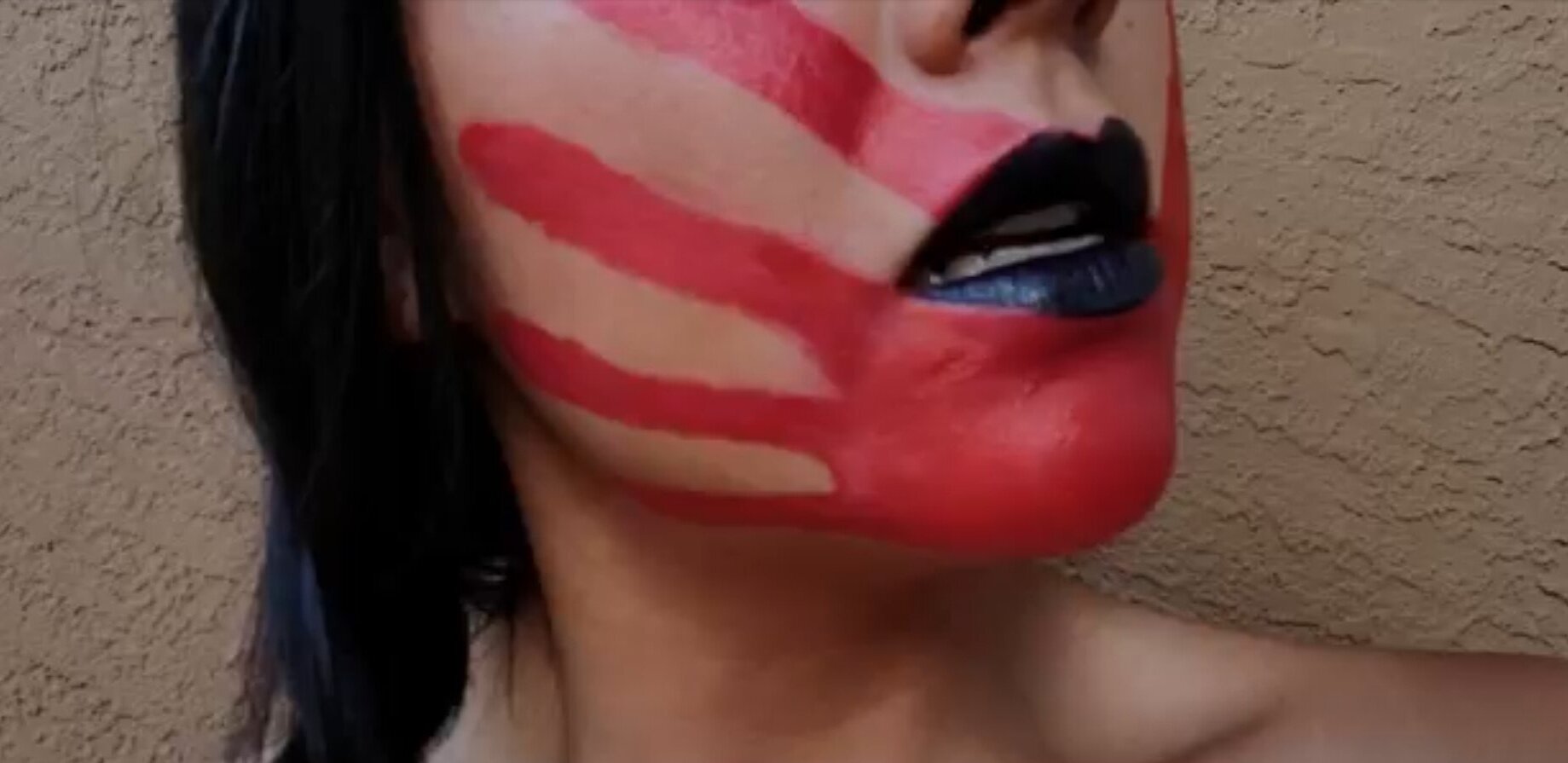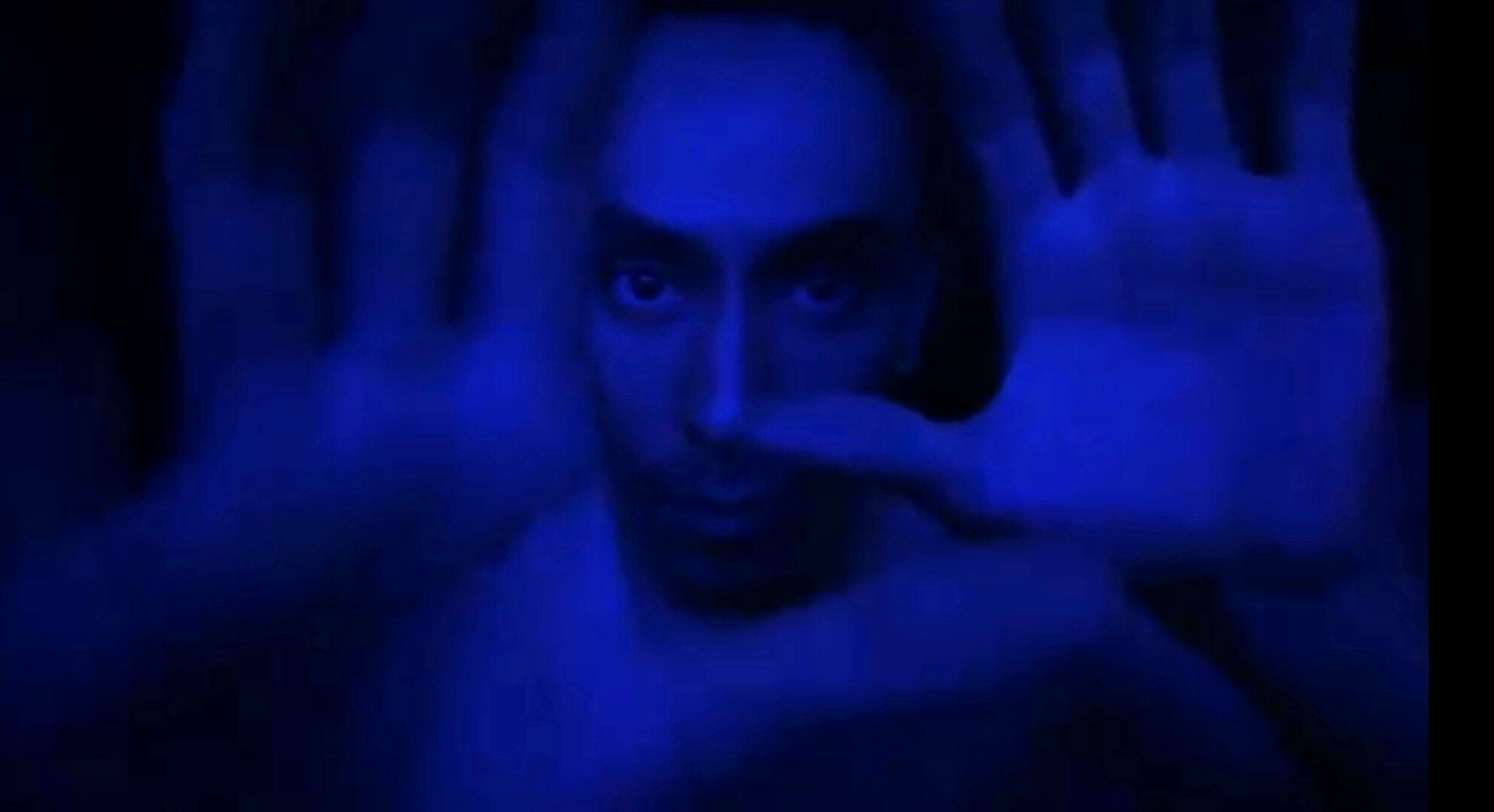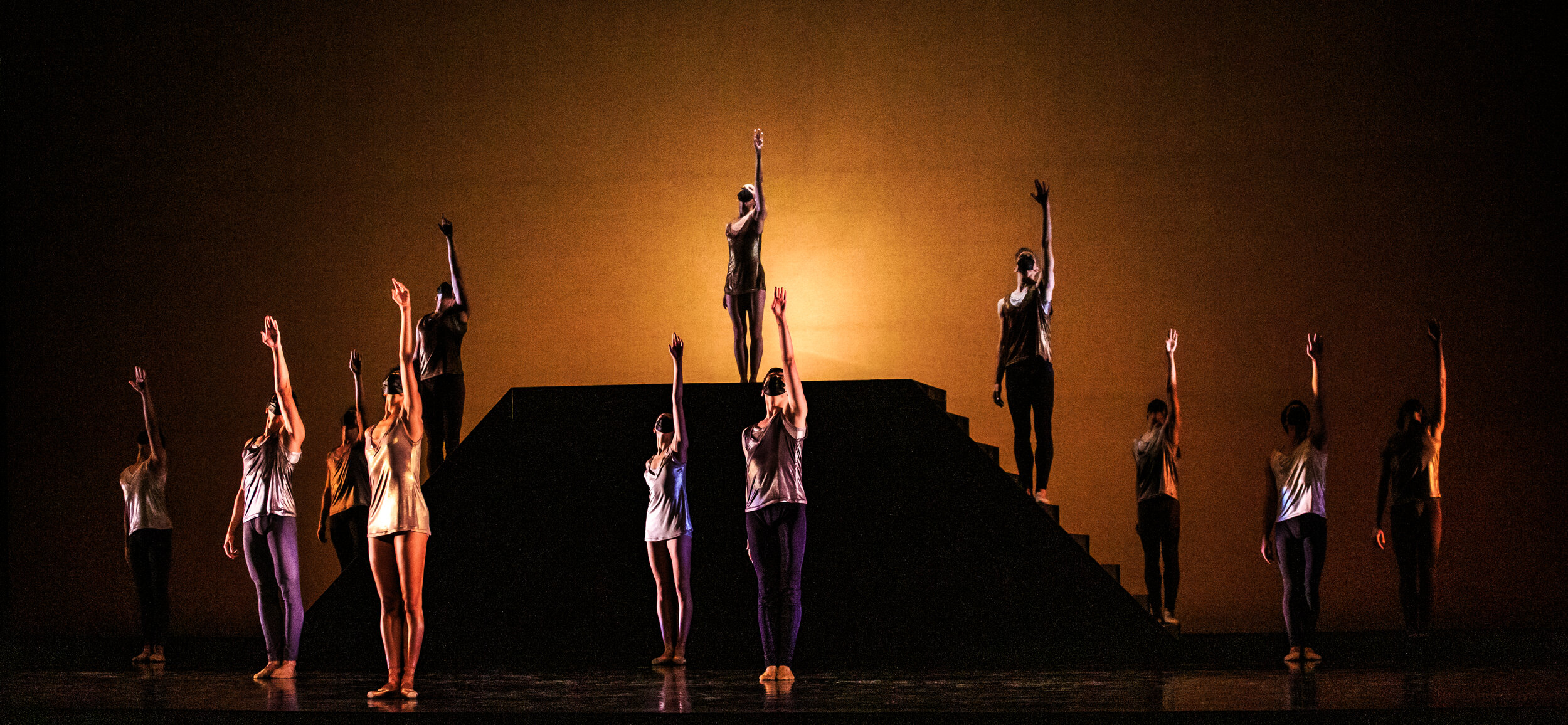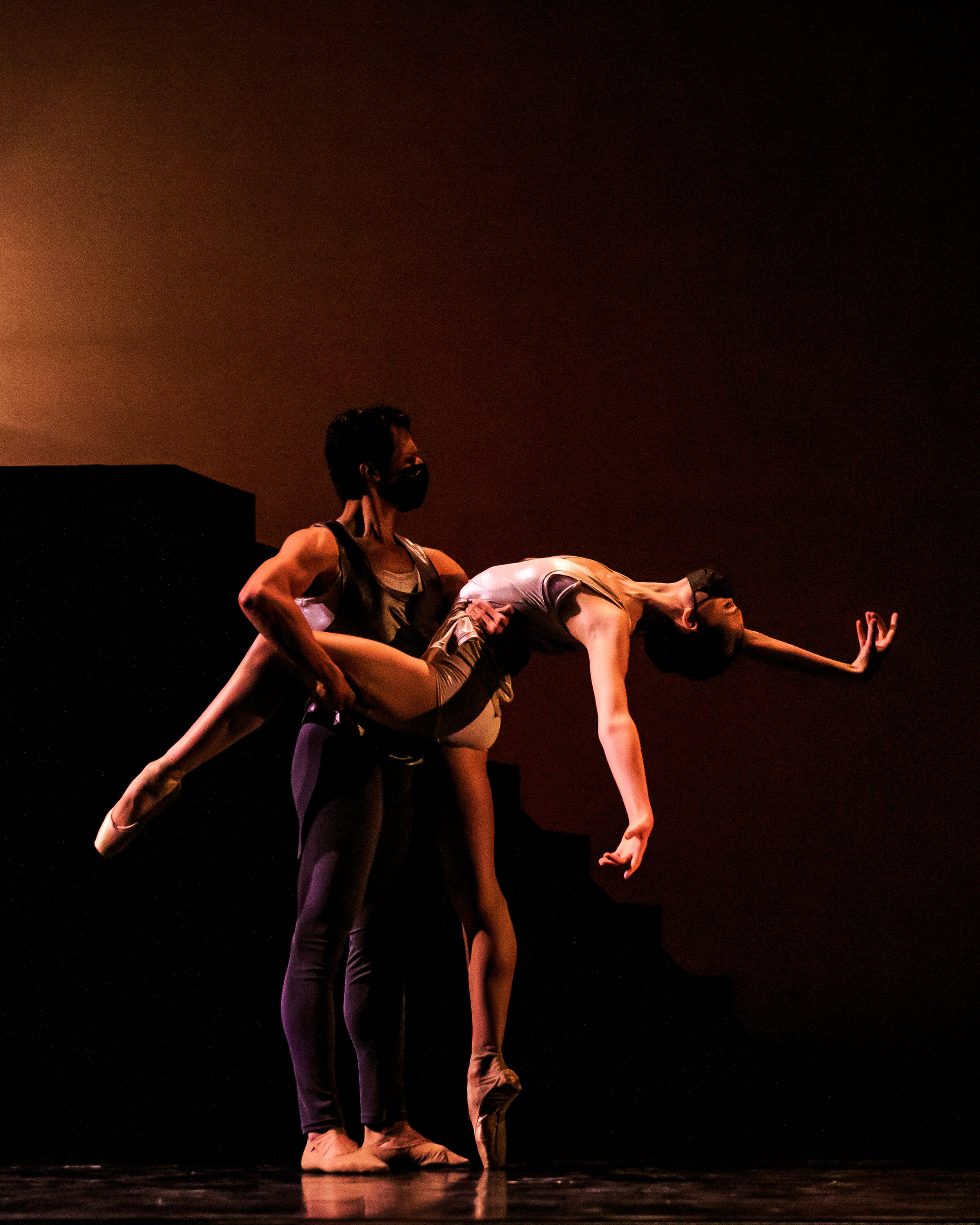For Christmas this year, I decided to gift tickets to the debut performance of Ballet 22, based in Oakland California. So, on Friday, December 18 at 5:00 pm Pacific Time and 6:00 pm Mountain Time, my daughter in L.A., my brother in San Francisco, and I here in SLC simultaneously switched on our laptops and watched Ballet 22’s inaugural digital performance, Breaking Ground.
The company is indeed breaking ground as a classical ballet company adapting partnering and choreography for an all-male cast. With men sometimes on pointe and in practice tutus, Ballet 22 is expanding the vocabulary and fecundity of its dancers. But this is neither Les Ballets Trockadero de Monte Carlo, nor the bumbling stepsisters in Cinderella, or parody of any kind. There are no false eyelashes or pink tights — in fact there are no tights at all — although costuming still occasionally hints at tradition.
In Ballet 22’s version of the Odette adagio Swan Lake pas de deux (retitled Pas de Huit for four couples), the camera dissolves one Odette into another, sometimes in black and other times white tutus — ultimately proving that height, weight and gender do not define roles, and the unmannered choreography speaks for itself.
During the Sugar Plum pas de deux, my daughter group texted, “I must say, I really don’t miss the women.”
My twelve-month old grandson watching the performance in Los Angeles in my daughter's lap.
That is not to say women in dance are unimportant, but rather that when Ballet 22 Artistic Director Roberto Vega Ortiz dances the Sugar Plum adagio, partnered by Donghoon Lee, the camera invites us in and the “don’t let the audience see you sweat” trope is gone. Vega Ortiz’s impeccable musical timing is on full display as he leans into his penché gently floating between notes. My brother texted, “defies notions of a dancer with such strong, thick, muscular legs.”
Choreographer (and dancer on this program) Joshua Stayton’s ballet Juntos leaves the classics yet stays within the vocabulary to focus on composition and bravura, and gives us a chance to pick out our favorite dancer. Again, the costuming occupies a place in the choreography. Dancers switch between black t-shirts and jeans, and black tutus and midriff tops — and just when Duane Gosa (a graduate of The University of Akron and current member of Ballet Trockadero) has captured our attention, Gilbert Bolden III (a Corps de Ballet member with New York City Ballet) whisks it away.
The dancer-choreographed short films Metamorphosis (Philip Glass music) and Before the World Ends (music by Residente) takes viewers on a trip around the globe into each dancer’s world with short solos edited together. My daughter texted, “I like the intimacy of seeing people in their homes.”
In the last work on the program, Omar Román de Jesús’s choreography Mi Pequeñito Sueño is less captivating than its sound score, lighting, and costumes. But to close this particular program with the design elements leading, is congruous.
The “live” ticketed format (although previously filmed) really worked for me. I do suggest Ballet 22 produce a clearer format regarding program notes. The credits ran (before? or after?) so fast I couldn’t identify titles or dancers relative to roles. And for all the care taken by videographer Lázaro González, stage design credits are absent from their website.
Enjoying a run time at slightly under an hour including a brief interview with Vega Ortiz and Executive Director/Ballet Mistress Theresa Knudson, I’m beginning to prefer dance from an editor’s point of view. I recently watched an artÉmotion (Ballet West’s Allison DeBona and Rex Tilton) on IGTV Instagram and in response posted five-phrases connected by semi-colons. DeBona (with my permission) put it on their website with Tilton’s piece Mensa.
It appears we are all adapting.
Kathy Adams, formerly the dance critic for The Salt Lake Tribune, writes about dance nationally as well as having been a mentor to us at loveDANCEmore over the last ten years. She is also active in local politics.






